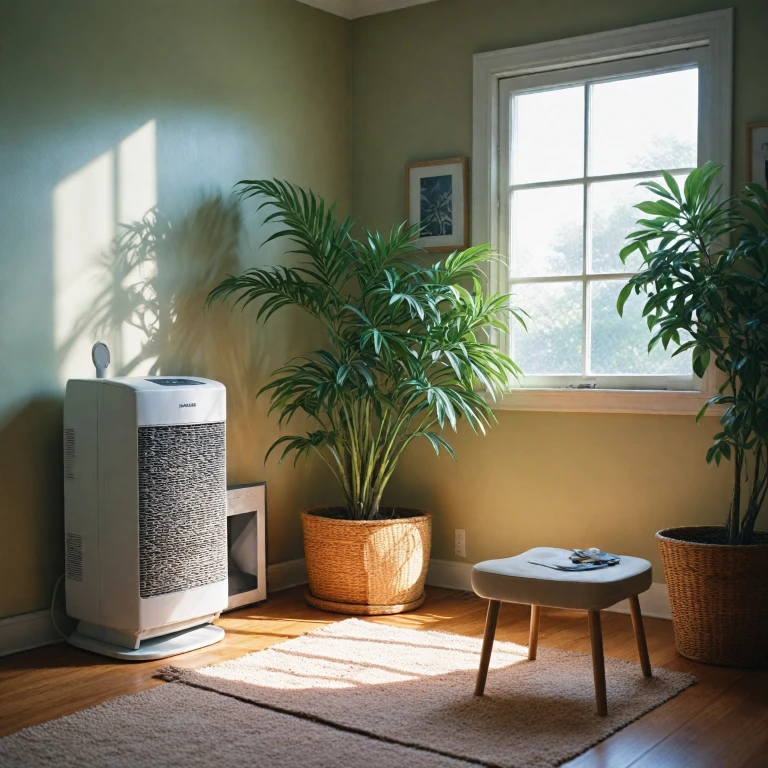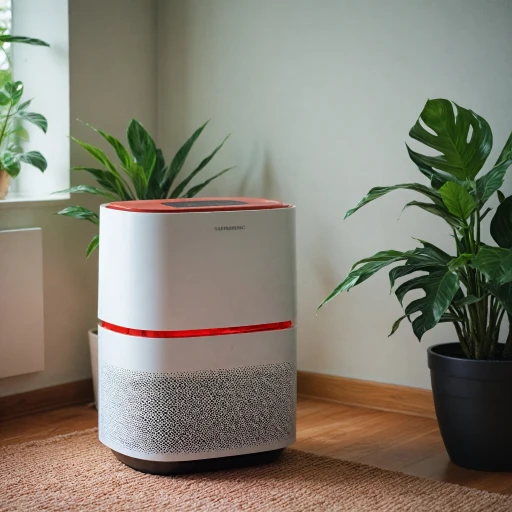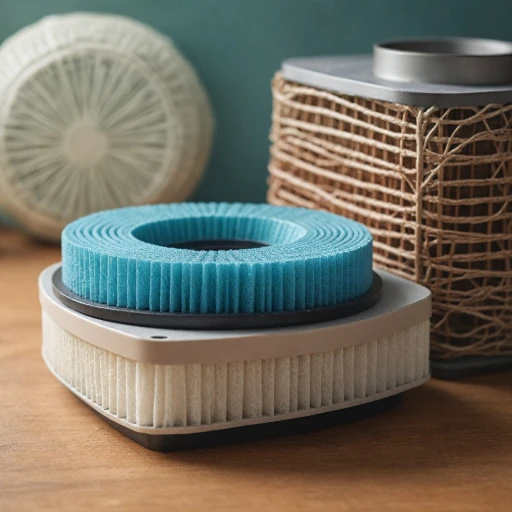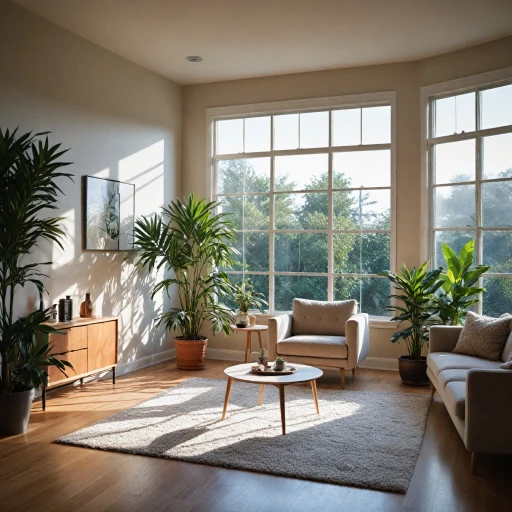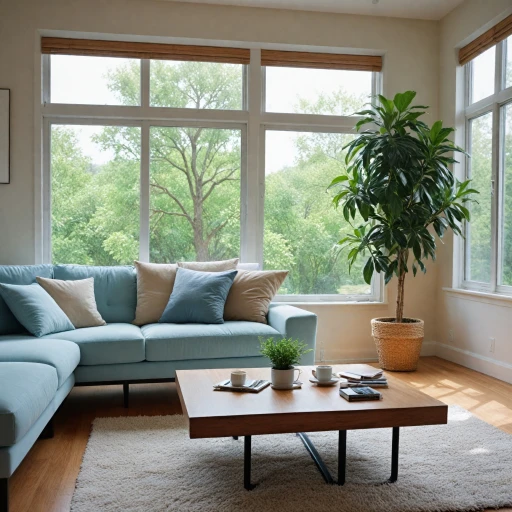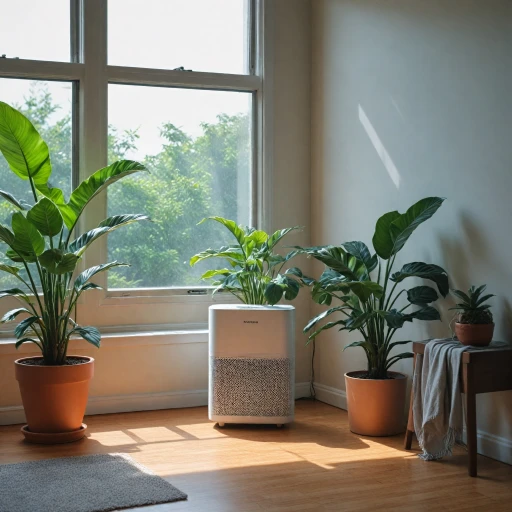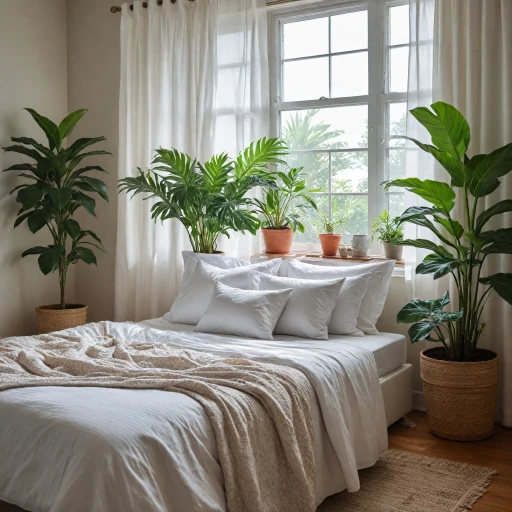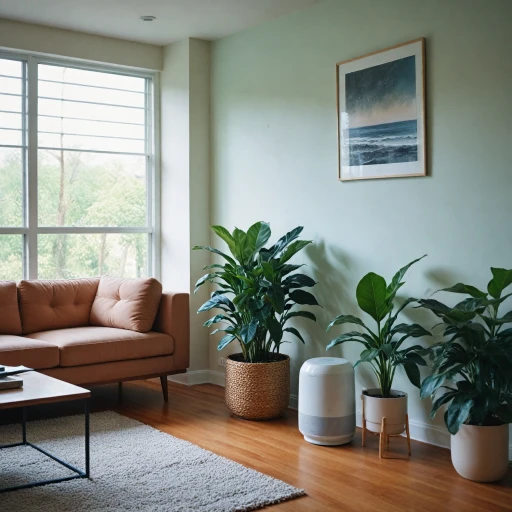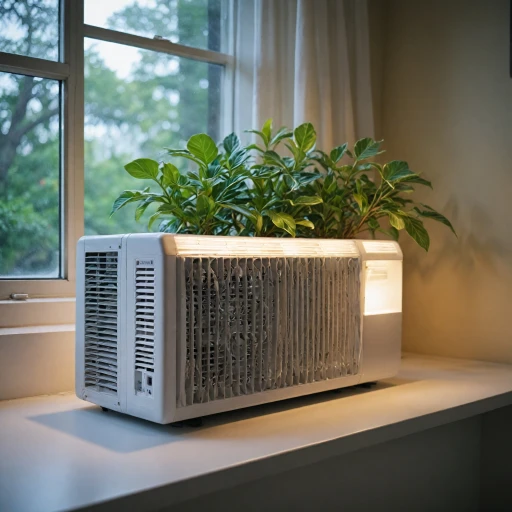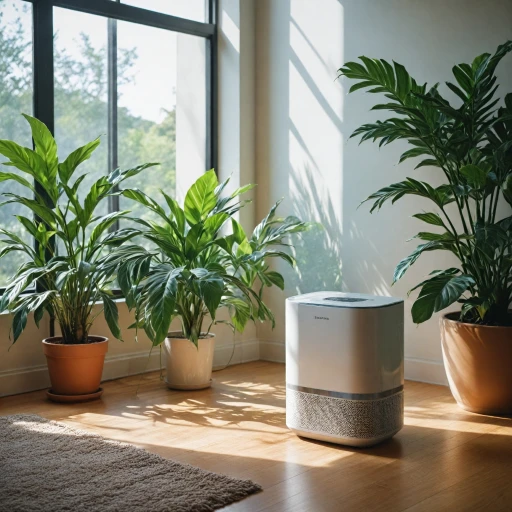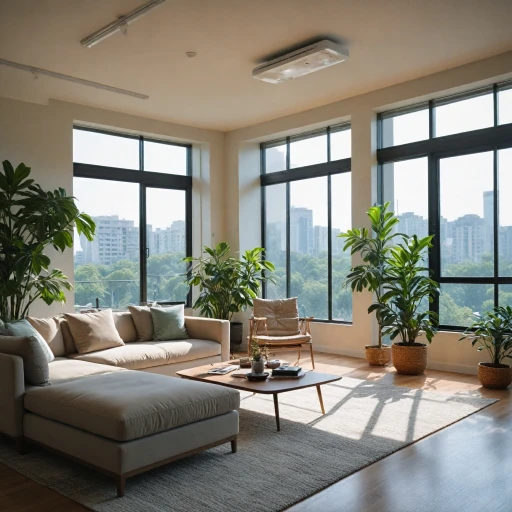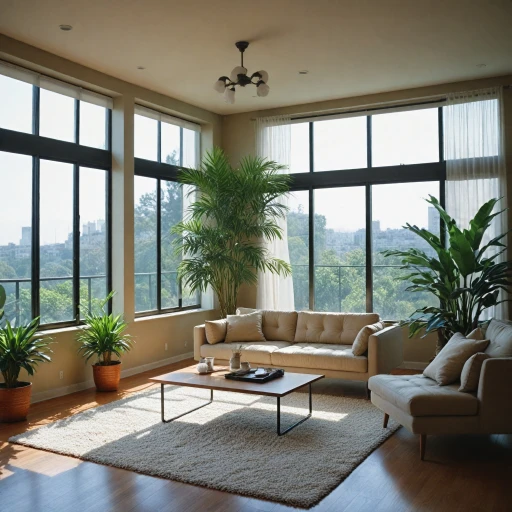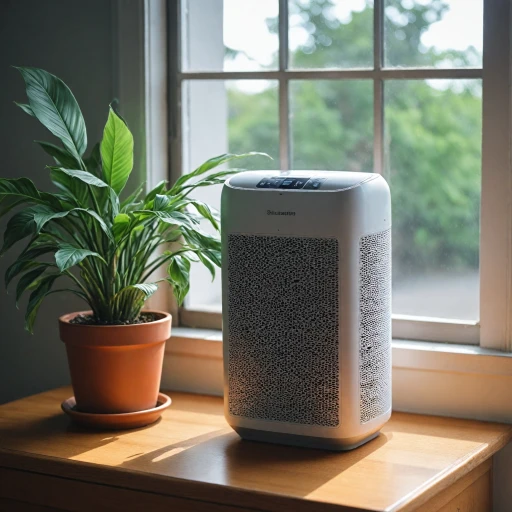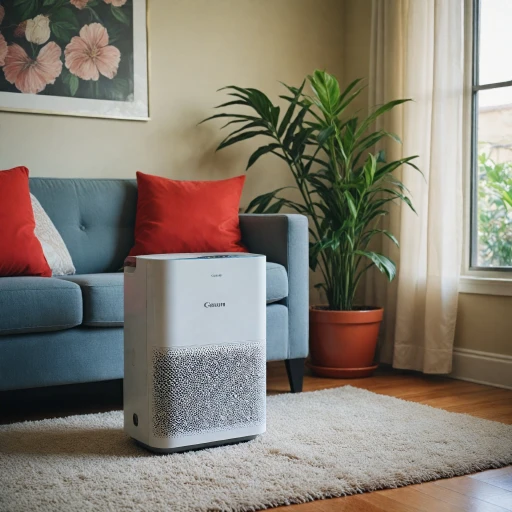
Understanding How Air Purifiers Work
Grasping Air Purification Principles
Air purifiers are increasingly used to improve indoor air quality by removing unwanted particles and pollutants from the air. These devices primarily function by drawing air from a room into the machine, passing it through various filters, and then releasing the purified air back into the environment. Understanding this process is crucial in addressing concerns about whether purifiers impact the humidity levels in your home. Air purifiers typically utilize a combination of filters to trap dust, pollen, pet dander, and other air pollutants. The two most common filter types are HEPA filters and activated carbon filters.- HEPA filters are designed to capture fine particles as small as 0.3 microns, ensuring the removal of dust, pollen, and other tiny pollutants.
- Activated carbon filters are effective at absorbing volatile organic compounds (VOCs), odors, and some gases, though they are not designed to trap particulates like dust or pollen.
Air Purifiers and Humidity Levels
The Role of Air Purifiers in Humidity Balance
Understanding the relationship between air purifiers and humidity is essential for maintaining a comfortable indoor environment. Many people are concerned that using an air purifier might lead to dry air in their homes. This worry is often due to misconceptions about how purifiers operate and interact with indoor air moisture levels. Air purifiers are designed to clean air by removing dust, pollen, and various particles without altering moisture air content. Most purifiers use filters, such as HEPA filters and activated carbon filters, to capture pollutants and enhance air quality. HEPA filters, specifically, are excellent at trapping particles but do not affect moisture content in the room. However, it's important to note that even though the primary function of purifiers isn't to alter humidity, certain types may contribute to a slight perception of drier air. This occurs because the clean air, free from dust and other particles, might feel different to some individuals. Yet, there's no significant scientific evidence to suggest that air purifiers inherently lower humidity levels. Moreover, high humidity levels can be affected by various factors beyond the scope of just using a purifier. Indoor air can fluctuate due to weather changes, heating or cooling systems, or insufficient ventilation. It's crucial to differentiate these elements from the effects of a purifier air system. For more comprehensive information on maintaining optimal indoor air conditions, including the role of purification systems, you may find this enhancing indoor air quality with a comprehensive home air purification system guide valuable. It delves into various strategies for achieving the best possible air quality without disrupting the natural moisture balance in your home.Factors Affecting Indoor Humidity
Elements Influencing Humidity Indoors
Maintaining balanced humidity levels indoors is crucial not only for comfort but also for preserving air quality. Various factors can influence these levels, affecting the overall climate of a room.
One of the primary contributors to indoor humidity is the number of people and activities taking place in a space. Human activities, such as cooking, showering, or even breathing, introduce moisture into the air, potentially altering humidity levels. Additionally, the nature of building materials and the presence of houseplants can also have a significant impact. Materials like wood, for instance, can absorb or release moisture, changing the indoor climate.
A critical component in managing indoor humidity often involves the type of air purifier used. While not all air purifiers dehumidify the air, certain models, particularly those with carbon filters, can absorb moisture and contribute to a drier atmosphere. This effect is more pronounced in units where activated carbon is used to trap gases and odors, inadvertently affecting moisture levels as a side outcome.
Proper ventilation plays a vital role in maintaining healthy humidity levels. Without adequate air circulation, rooms may become stuffy or overly humid, which can exacerbate issues with dust and air quality. Ensuring you have effective filtration, for instance through efficient air filters, can help in managing these conditions.
Balancing these elements is essential for creating an environment that supports both comfort and well-being, mitigating potential issues related to dry air or excessive moisture.
Types of Air Purifiers and Their Impact on Humidity
Exploring the Impact of Different Air Purifier Types on Humidity
When considering air purifiers, it's important to understand their effects on humidity and how they contribute to maintaining indoor air quality. Different air purifier technologies can affect indoor humidity levels in various ways. Here’s a breakdown of how some of the most common types might interact with your indoor environment:
- HEPA Filters: Known for their ability to capture dust, pollen, and other particles, HEPA air purifiers are designed primarily to improve the quality of the air by capturing airborne pollutants. They do not inherently dry the air or remove moisture, so these purifiers typically do not alter the humidity levels in a noticeable way. To keep your HEPA filter working effectively, regular replacement is essential, as clogged filters can reduce efficiency.
- Activated Carbon Filters: These filters are excellent at removing odors and volatile organic compounds (VOCs) but do not affect moisture or humidity levels significantly. However, if you rely on them to maintain air purity, be sure to complement them with other methods if you need to regulate humidity.
- Ionic Air Purifiers: While these purifiers can remove particulate matter by using charged particles, they don’t have a drying effect on the air. Nevertheless, they may not be as effective for those seeking a moisture balance, and in some cases, they may contribute to ozone production, which can impact air quality long term.
- Ultraviolet (UV) Air Purifiers: Though UV purifiers help sterilize the air by killing airborne germs and bacteria, they do not affect humidity. They are often combined with filters for comprehensive air cleaning but remain neutral regarding moisture levels.
Understanding these distinctions can help you choose an air purifier that aligns with your specific needs, ensuring you maintain both air quality and comfortable humidity levels in your room. Always consider factors like the type of pollutants present, indoor air quality goals, and potential humidity changes when selecting the right purifier for your space.
Tips for Maintaining Optimal Humidity
Maintaining Ideal Humidity Indoors
When using air purifiers in your home, it is crucial to maintain proper humidity levels to ensure a comfortable and healthy indoor environment. While air purifiers are excellent for filtering out dust, pollen, and other harmful particles, they can sometimes leave your room feeling dry. Here are some tips to help you manage humidity effectively:- Monitor Humidity Levels: Use a hygrometer to monitor the indoor humidity. The ideal range is between 30% to 50%, as this helps prevent dry air and maintains good air quality.
- Integrate Natural Moisture Sources: Having indoor plants can release water vapor back into the air, increasing moisture levels naturally. Additionally, consider placing bowls of water around the room to evaporate slowly and add humidity.
- Combine with a Humidifier: If you find air purifiers are making your air too dry, consider using a humidifier alongside them. This can add moisture back into the air, counteracting any drying effects.
- Opt for Purifiers with Smart Features: Some modern air purifiers come with integrated features like adjustable fan speeds or air quality sensors. These can be set to automatically maintain comfortable humidity levels, balancing air purification and moisture.
- Regular Maintenance of Filters: HEPA filters and carbon filters perform optimally when cleaned or replaced regularly. This not only ensures air purifiers work efficiently but also prevents over-drying by avoiding blockages that can trap excess moisture inside the unit.
Choosing the Right Air Purifier for Your Needs
Identifying the Best Air Purifiers for Humidity Considerations
Choosing the right air purifier for your needs involves considering several factors, particularly when it comes to maintaining optimal indoor humidity levels. Different types of air purifiers impact indoor humidity in varying ways, a point that plays a significant role in your comfort and overall air quality.- HEPA Purifiers: Known for their ability to capture small particles like dust and pollen, HEPA filters do not directly affect moisture levels in a room. They excel at improving air quality without causing dry air.
- Activated Carbon Purifiers: These purifiers are excellent for neutralizing odors and volatile organic compounds. Activated carbon filters do not dehumidify the air, thus preserving existing moisture levels. This ensures a comfortable environment, allowing you to enjoy clean air without dryness.
- Purifiers with Built-in Humidifiers: For those particularly concerned about dry air, some purifiers come with built-in humidifiers. These models not only clean the air but simultaneously add moisture, ensuring you maintain balanced indoor humidity levels.
- Water-Based Air Purifiers: While these purifiers use water to capture dust and particles from the air, they generally do not significantly alter humidity levels. They are suitable for environments where maintaining current moisture is a priority.
